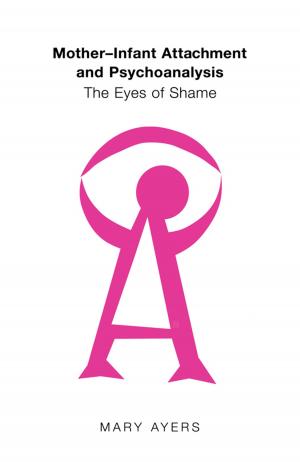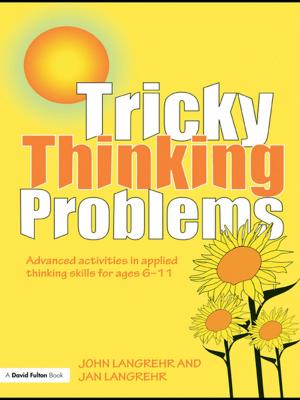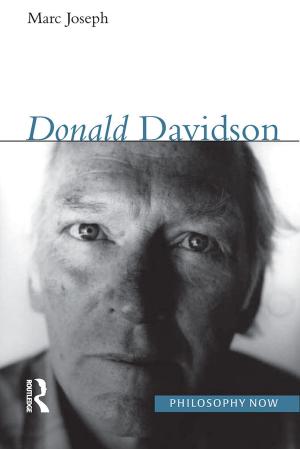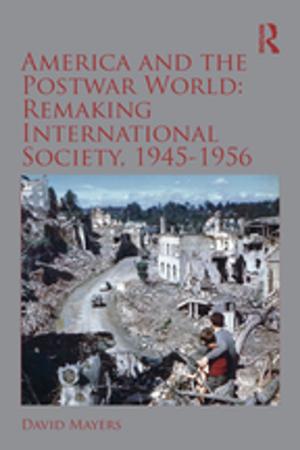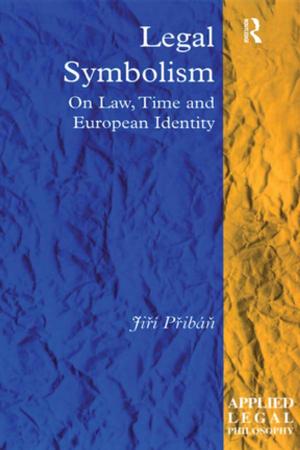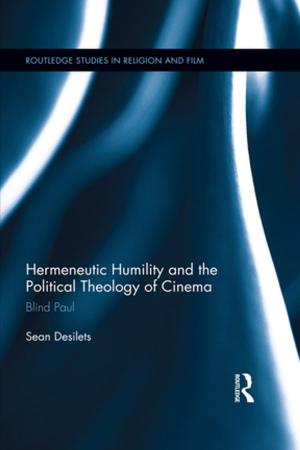Art, Vision, and Nineteenth-Century Realist Drama
Acts of Seeing
Nonfiction, Art & Architecture, General Art, Criticism, Entertainment, Theatre, Performing Arts| Author: | Amy Holzapfel | ISBN: | 9781136768439 |
| Publisher: | Taylor and Francis | Publication: | January 3, 2014 |
| Imprint: | Routledge | Language: | English |
| Author: | Amy Holzapfel |
| ISBN: | 9781136768439 |
| Publisher: | Taylor and Francis |
| Publication: | January 3, 2014 |
| Imprint: | Routledge |
| Language: | English |
Realism in theatre is traditionally defined as a mere seed of modernism, a crude attempt to reproduce an exact copy of reality on stage. Art, Vision & Nineteenth-Century Realist Drama redefines realism as a complex and under-examined form of visual modernism, one that positioned theatre at the crux of the encounter between consciousness and the visible world. Tracing a historical continuum of "acts of seeing" on the realist stage, Holzapfel demonstrates how theatre participated in modernity’s aggressive interrogation of vision’s residence in the human body. New findings by scientists and philosophers—such as Diderot, Goethe, Müller, Helmholtz, and Galton—exposed how the visible world is experienced and framed by the unstable relativism of the physiological body rather than the fixed idealism of the mind. Realist artists across media paradoxically embraced this paradigm shift by focusing on the embodied observer. Drawing from extensive archival research, Holzapfel conducts close readings of iconic dramas and their productions—including Scribe’s The Glass of Water, Zola’s Thérèse Raquin, Ibsen’s A Doll House, Strindberg’s The Father, and Hauptmann’s Before Sunrise—alongside analyses of artwork by major painters and photographers—such as Chardin, Nadar, Millais, Rejlander, and Liebermann. In a radical challenge to existing criticism, Holzapfel argues that realism in theatre was never the attempt to reproduce an exact copy of the seen world but rather the struggle to make visible the act of seeing.
Realism in theatre is traditionally defined as a mere seed of modernism, a crude attempt to reproduce an exact copy of reality on stage. Art, Vision & Nineteenth-Century Realist Drama redefines realism as a complex and under-examined form of visual modernism, one that positioned theatre at the crux of the encounter between consciousness and the visible world. Tracing a historical continuum of "acts of seeing" on the realist stage, Holzapfel demonstrates how theatre participated in modernity’s aggressive interrogation of vision’s residence in the human body. New findings by scientists and philosophers—such as Diderot, Goethe, Müller, Helmholtz, and Galton—exposed how the visible world is experienced and framed by the unstable relativism of the physiological body rather than the fixed idealism of the mind. Realist artists across media paradoxically embraced this paradigm shift by focusing on the embodied observer. Drawing from extensive archival research, Holzapfel conducts close readings of iconic dramas and their productions—including Scribe’s The Glass of Water, Zola’s Thérèse Raquin, Ibsen’s A Doll House, Strindberg’s The Father, and Hauptmann’s Before Sunrise—alongside analyses of artwork by major painters and photographers—such as Chardin, Nadar, Millais, Rejlander, and Liebermann. In a radical challenge to existing criticism, Holzapfel argues that realism in theatre was never the attempt to reproduce an exact copy of the seen world but rather the struggle to make visible the act of seeing.

